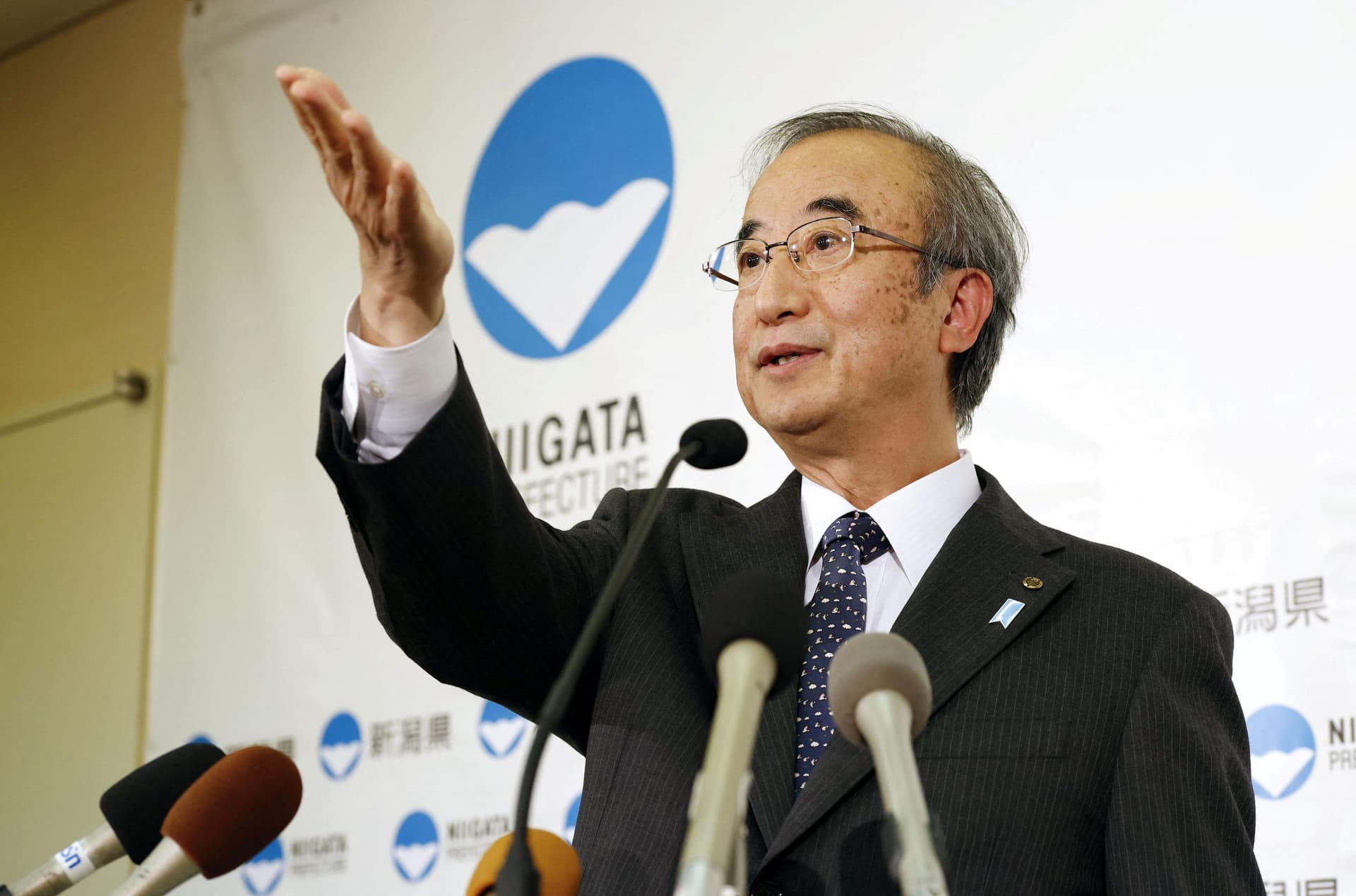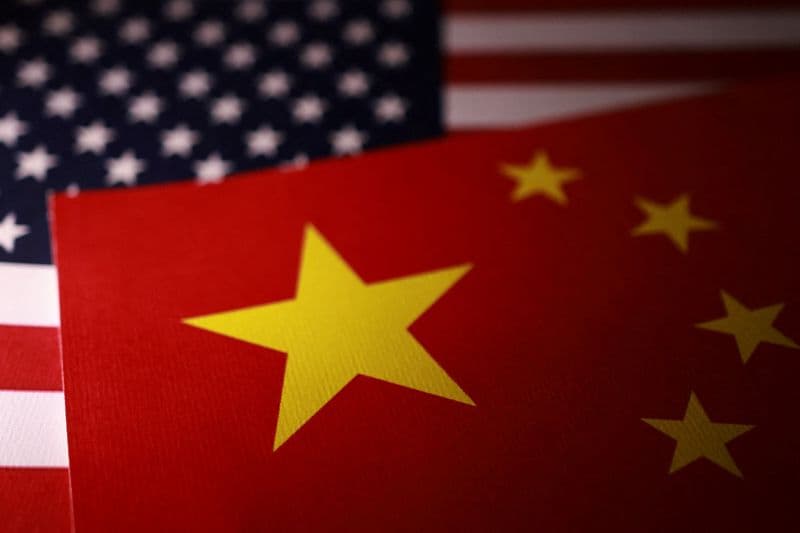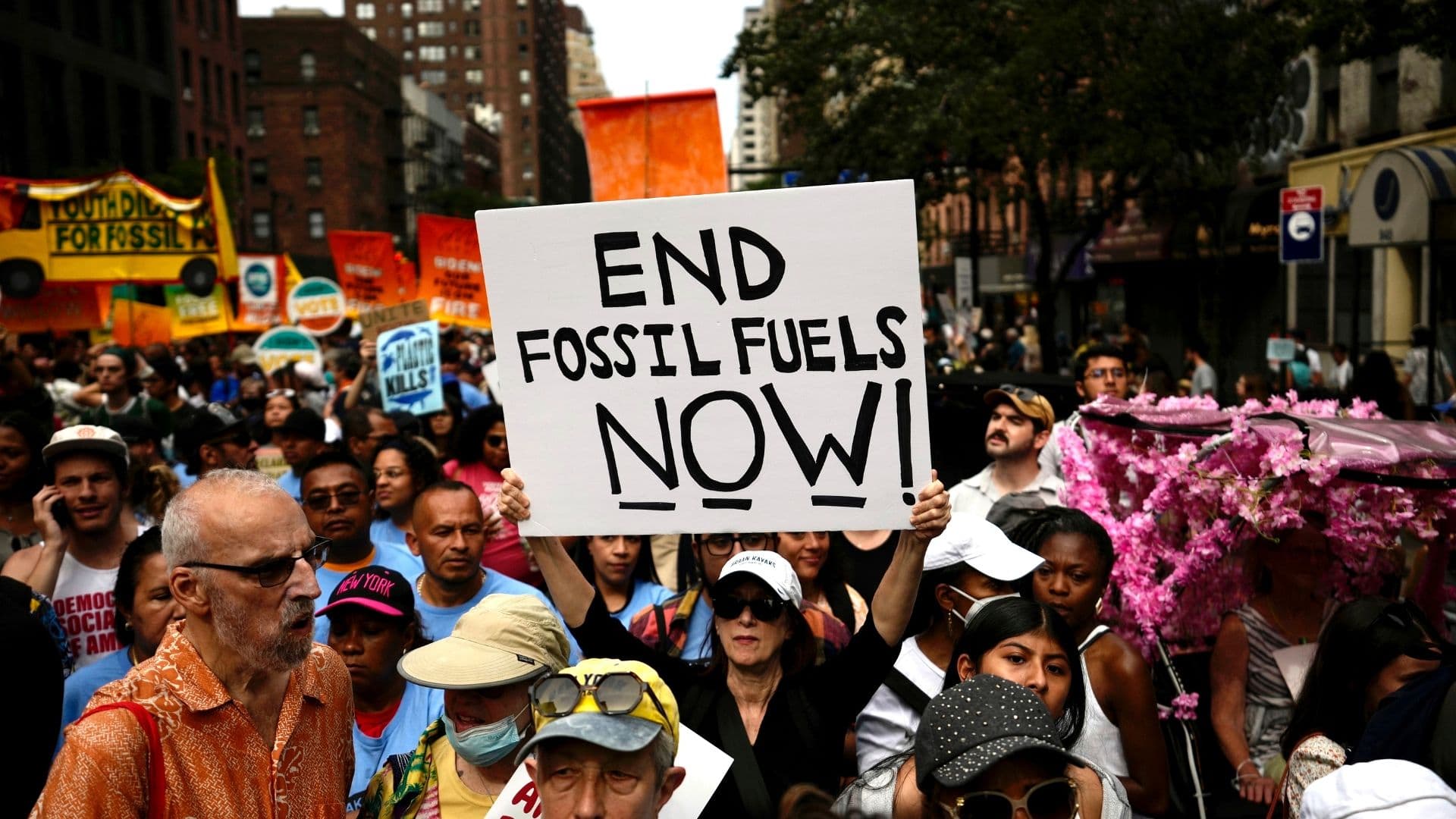Japan Governor Approves Partial Restart of World's Largest Nuclear Plant
Niigata Prefecture Governor Hideyo Hanazumi said he would approve a partial restart of the Kashiwazaki Kariwa nuclear plant, removing a major local obstacle for operator TEPCO and aligning with Prime Minister Sanae Takaichi's push to expand nuclear power. The move would clear the way to bring reactors No. 6 and No. 7 back online, a decision with implications for Japan's energy security, fossil fuel imports, and a deeply divided public still shaped by the 2011 Fukushima disaster.

Niigata Prefecture Governor Hideyo Hanazumi announced on November 21 that he intends to approve a partial restart of the Kashiwazaki Kariwa nuclear power plant, clearing a crucial local hurdle for Tokyo Electric Power Company Holdings, better known as TEPCO. The approval would enable reactors No. 6 and No. 7 to be restarted, together capable of producing roughly 2,710 megawatts, and would mark the first reactor restarts for TEPCO since the 2011 Fukushima crisis.
The decision is closely aligned with the energy agenda of Prime Minister Sanae Takaichi, who has advocated expanding nuclear generation to bolster energy security and reduce reliance on imported fossil fuels. For Japan, a nation that imports the vast majority of its primary energy, additional domestic nuclear capacity promises to ease pressure on gas and coal purchases, dampen exposure to volatile global fuel markets, and contribute to national climate goals by displacing some fossil fuel generation.
Hanazumi’s announcement, however, does not conclude the local approval process. He must secure a vote of confidence from the Niigata prefectural assembly in December before the restart can proceed. That vote will be closely watched in a community still divided over nuclear power after the triple meltdown at Fukushima Daiichi in 2011, which reshaped public attitudes, regulatory scrutiny, and the political calculus surrounding atomic energy in Japan.
The Kashiwazaki Kariwa plant, located on the Sea of Japan coast, is the world’s largest nuclear facility by capacity. Restarting two of its reactors would be a symbolic milestone for TEPCO as well as a practical augmentation of Japan’s grid resources. For the company, which bore the brunt of public anger and regulatory overhaul after Fukushima, a successful return to operations would signal a significant rehabilitation of its public role in the national energy system.
The announcement is likely to intensify domestic debate over safety standards, independent oversight, and community consent. Local residents, environmental groups, and some political factions have long argued that the lessons of Fukushima require extreme caution, while policymakers focused on energy resilience point to the economic and strategic benefits of a diversified power mix that includes nuclear generation. The assembly vote in December will be a barometer of local sentiment and of the political balance between economic and safety concerns.
Internationally, the move will be observed by markets and partner governments. A reduction in Japan’s fossil fuel imports could shift regional energy flows and affect global demand for liquefied natural gas and coal. It could also influence debates in other countries about the role of nuclear power in achieving energy security and emissions targets.
As the prefectural assembly prepares to vote, the restart plan stands at the intersection of local consent, national strategy, and global energy dynamics. How Niigata resolves that tension will shape not only the future of TEPCO but also the broader trajectory of Japan’s energy policy.

